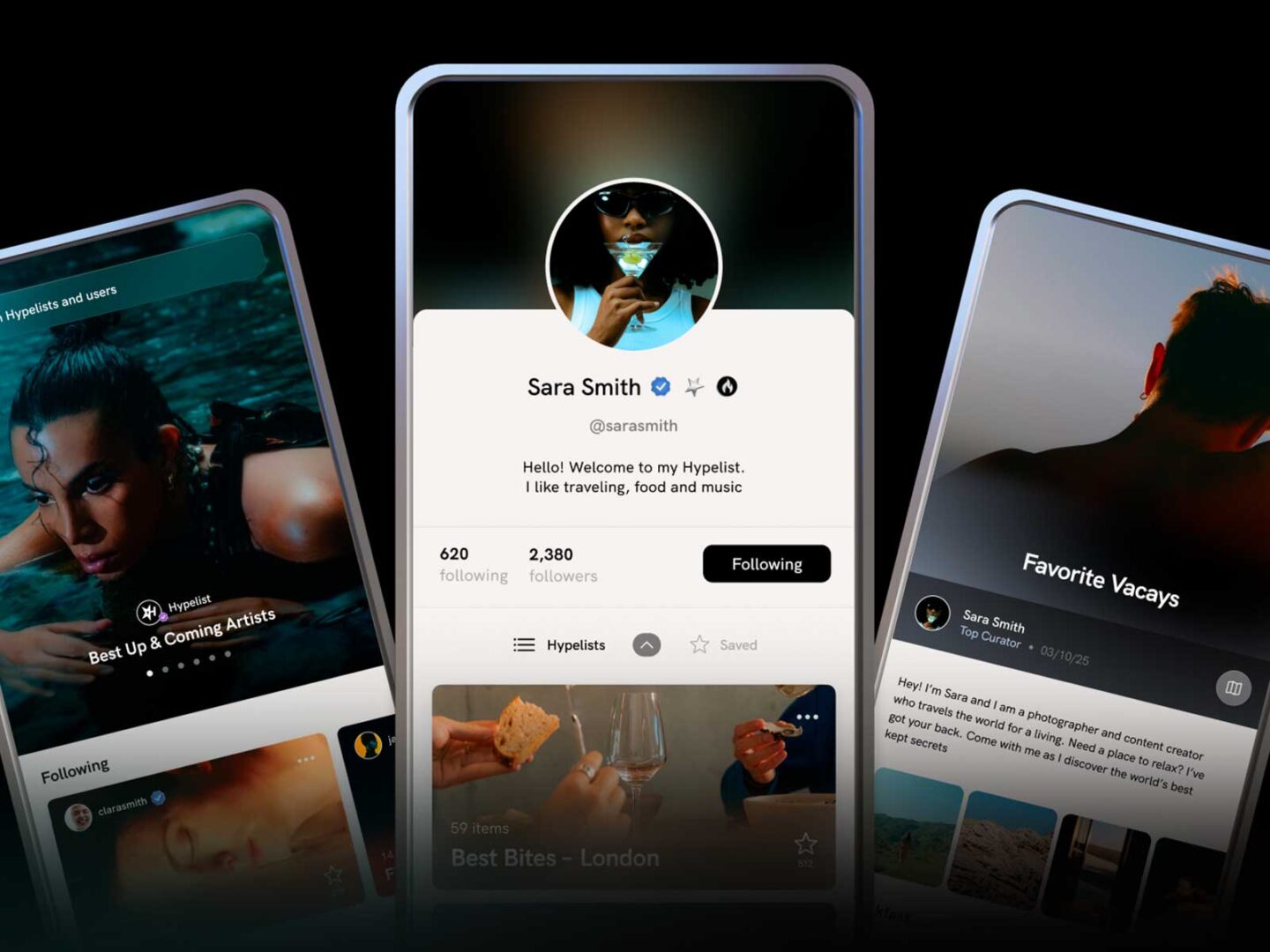October arrives with its usual scenery: dry leaves, orange skies and a precise mixture of melancholy and sugar. Among carved pumpkins, doughnuts, marzipan rolls and honey-coated fritters, the calendar links two celebrations that, although seemingly opposite, share the same DNA: Halloween and All Saints’ Day, the dark and the spiritual, fear and memory.
This year, Hypelist celebrates both dates with a proposal that transcends a simple recap of horror films. Under the concept of ‘The Horror Menu,’ the platform launches a film curation that combines classics, cult works, and new references from the genre. A guide designed to enjoy fear as an aesthetic, cultural, and, why not, gourmet experience.
The selection offers a journey through the imagination of horror from different sensibilities: the handmade gore of the 1980s, the black humour of the golden age of genre cinema, and the psychological sophistication of new contemporary horror. The result is a menu designed for different film buff palates, from those seeking gore and jump scares to those who prefer the slow and elegant unease of suspense.
Among the highlights:
Evil Dead (1981, Sam Raimi): a founding gore classic, filmed on a low budget with high visual intensity, which turned improvisation and chaos into aesthetic hallmarks.
Little Shop of Horrors (1986, Frank Oz): a hybrid of musical, comedy, and horror that redefined the concept of a “cult film” with dry humor and an unforgettable plant monster.
Freaks (1932, Tod Browning): a work banned for decades, ahead of its time for its empathetic portrayal of difference and monstrosity as a social metaphor.
The Witch (2015, Robert Eggers) and Hereditary (2018, Ari Aster): pillars of the new psychological horror, where tension builds from the everyday and beauty becomes disturbing.
Halloween (1978, John Carpenter): the matrix of the modern slasher and the starting point of an entire pop mythology with Michael Myers as the archetype of contemporary fear.
Midsommar (2019, Ari Aster): the luminous reverse of horror, a pastoral nightmare that combines folklore, aesthetics, and trauma in broad daylight.
Beyond the list, Hyperist offers a complete editorial experience: each title includes critical reviews, historical context, filming trivia, and cinematic keys that allow the viewer to understand how horror has evolved from easy scares to psychological narratives, passing through satire, eroticism, and absurdity.
“The Horror Menu” not only invites us to look, but to think about fear. To recognize in it a cultural language that reflects the fears of every era: from the mutilated body of the 1980s to the fragmented soul of the 21st century. A social mirror as uncomfortable as it is fascinating.
With this proposal, Hypelist consolidates its position as a leading platform for audiovisual culture and the contemporary pop community, where each user can create, share, and discover curated playlists based on their own obsessions and sensibilities. A vibrant network of viewers who transform cultural consumption into dialogue, taste, and discovery.
Discover more about Hypelist at hypelist.com.
Looking for something to watch, read, or do? Hypelist has the answer.
Sigue toda la información de HIGHXTAR desde Facebook, Twitter o Instagram
